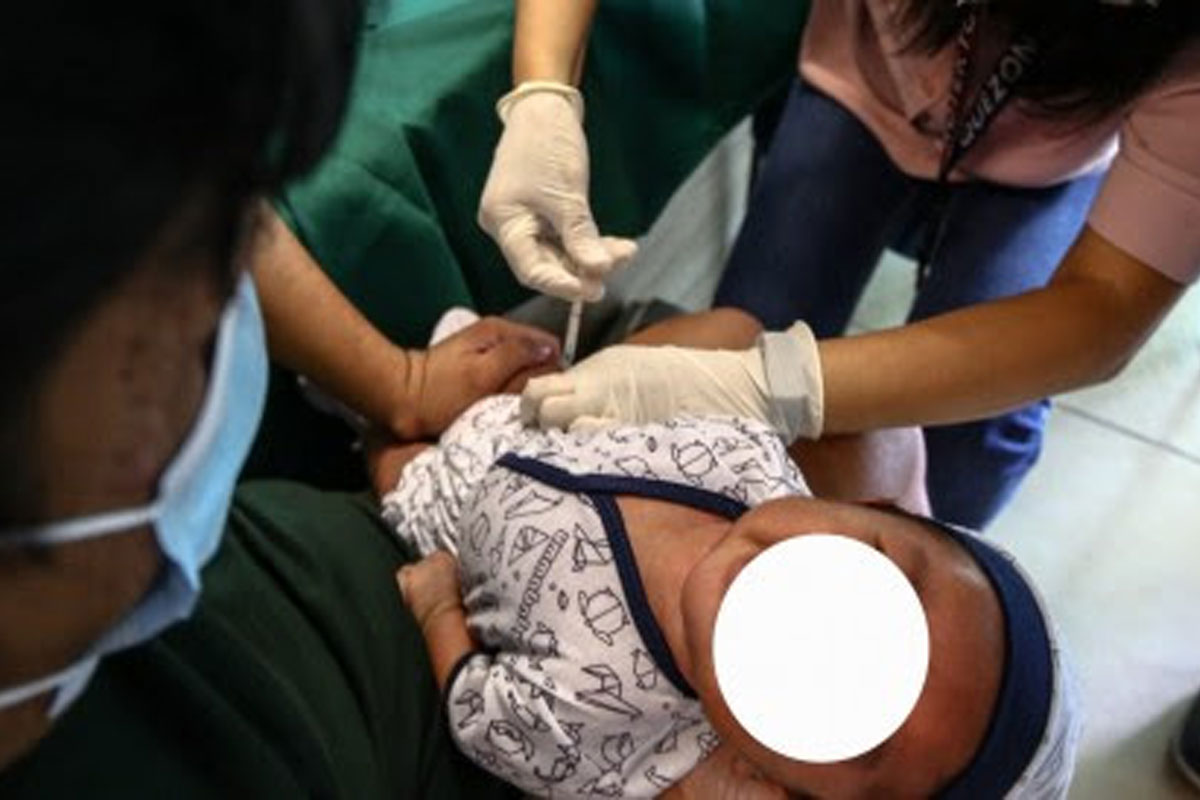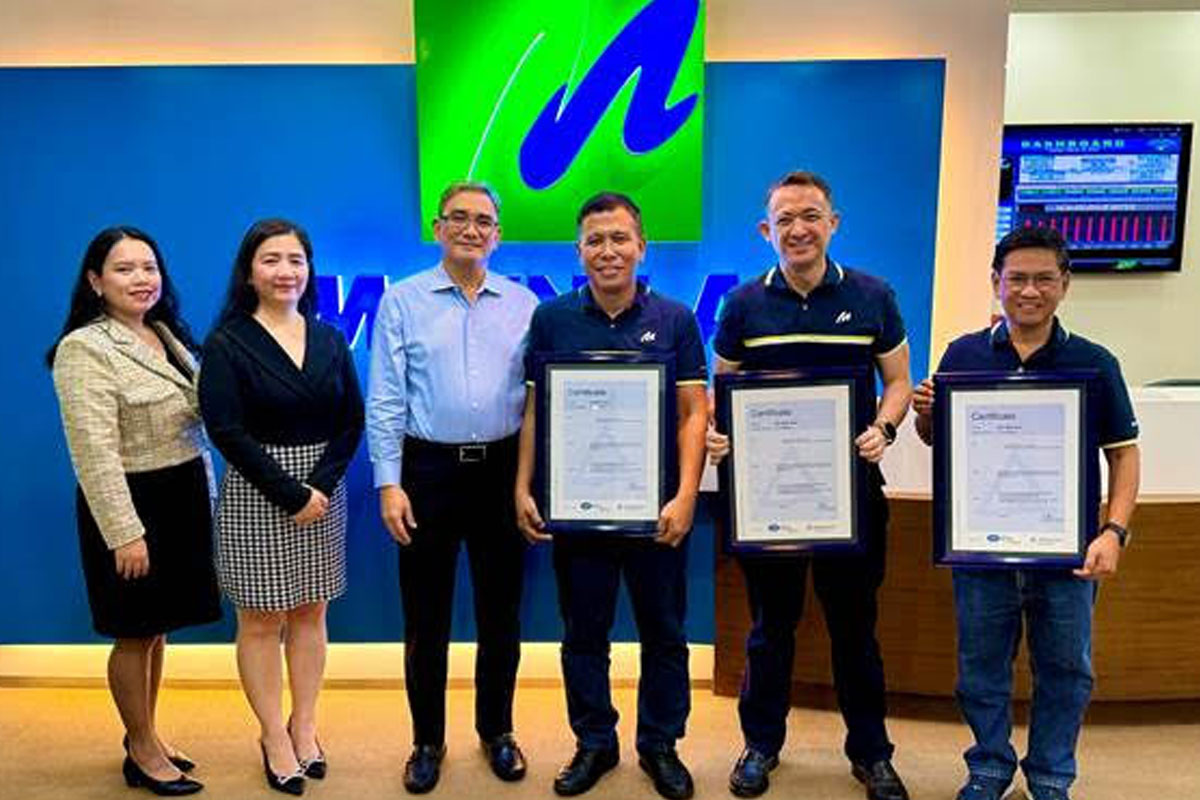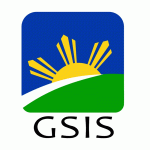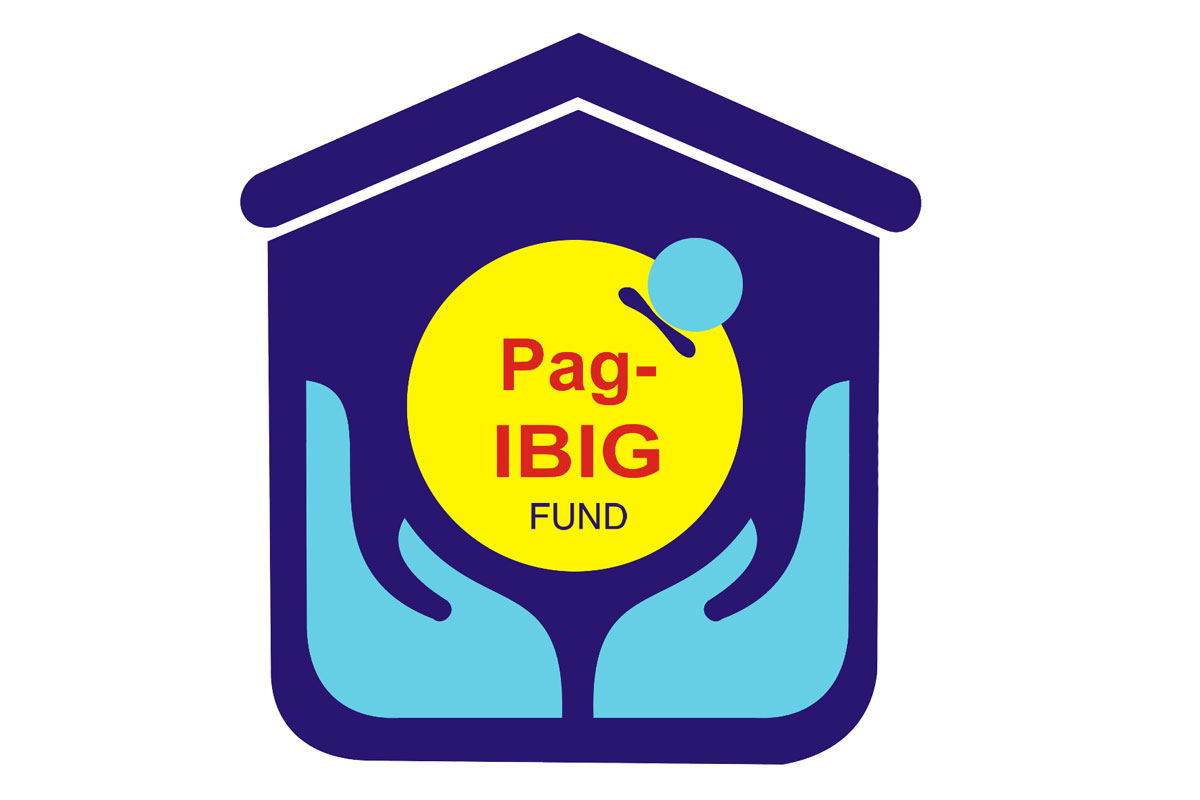
ECHO’s Copernicus to guide humanitarian aid to quake-hit areas
THE European Union-Civil Protection and Humanitarian Aid Operations (ECHO) activated its Copernicus emergency response service (EMS) to produce maps showing the extent of damage caused by the 7.0 magnitude earthquake in Northern Luzon, subsequently guiding the government where humanitarian assistance is most needed.
Four deaths were recorded in the Cordillera Administrative Region (CAR), and more than 100 others were injured, the National Disaster Risk Reduction and Management Council (NDRRMC) said.
On its official Twitter account, the EU-ECHO said, “emergency response center activates @CopernicusEMS for the production of maps to asses damage in Abra province Northern Luzon #EarthquakePH@NDRRMC_OpCen@OCHAPhilippines”.
The EU also expressed condolences for the loss of lives and said they are monitoring the situation.
“ECHO partners on the ground providing first-hand localized information,” the EU tweeted, adding “Copernicus (satellite emoji) – producing maps of Laoag, Bantay & Dolores.”
The Copernicus Programme is the EU’s (European Union) Earth observation tool which draws on a large number of space and in situ (onsite or local) measurement systems. The program is supported by a family of dedicated, EU-owned satellites – the Sentinels – designed to meet the needs of the Copernicus services and their users.
Among the many unique features of this program is its ability to monitor the Earth to ensure that citizens are prepared and protected during natural or man-made disasters.
Besides providing high-resolution global spatial coverage, the Copernicus program promotes the free and open use of its information to all its users.
Earlier, the Department of Science and Technology (DOST) welcomed Copernicus as a system that has given the Philippines “different opportunities to develop Earth observation applications for disaster risk reduction and management, environmental protection and climate change adaptation”.
The Philippines has been a heavy user of Sentinel data, and through the Sentinel Australasia Regional Access, data and user products from Copernicus satellites Sentinel – 1, Sentinel – 2, and Sentinel – 3 are now easily accessible to scientists and engineers in DOST.
Data captured by orbiting satellites can be analyzed and processed in real-time to become weather forecasting, climatic environmental, and geological monitoring information.
This helps determine rainfalls and temperature, identify land degradation, resource extraction, the spread of insect-borne diseases, crop yields, or manage disasters.






















